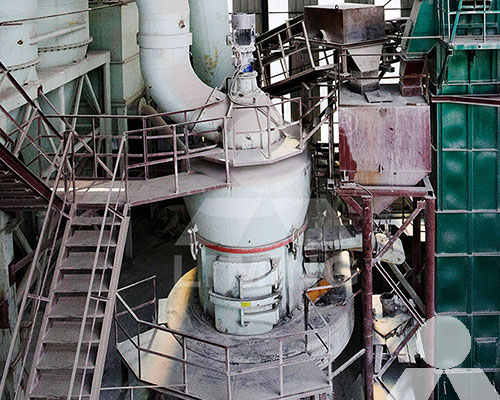Clinker Grinding Unit Product Specification
Clinker Grinding Unit is a part of the cement manufacturing process, where clinker (a nodular material produced during the kiln stage of the cement production process) is ground into a fine powder along with gypsum to produce cement. The specifications for a clinker grinding unit’s product can vary depending on several factors, including the type of cement being produced and the specific requirements of the market or project. However, I can provide you with a general outline of the product specifications for a typical clinker grinding unit:

- Particle Size Distribution: The particle size distribution of the final cement product is an important factor that affects the cement’s performance and properties. The product should have a well-controlled particle size distribution to ensure proper hydration and strength development. Commonly, the cement should have a specific surface area measured in square meters per kilogram (m²/kg) within a certain range.
- Fineness: The fineness of the cement is often measured using the Blaine air permeability test or the laser diffraction method. Different types of cement may have different fineness requirements based on their intended use.
- Setting Time: The initial and final setting times of the cement are crucial for construction purposes. These times determine when the cement paste becomes sufficiently stiff for construction work to commence and when it has completely solidified.
- Strength Development: The compressive strength of the cement at different ages (e.g., 3 days, 7 days, 28 days) is a critical parameter. Cement specifications usually define minimum strength requirements to ensure the cement meets the intended application’s load-bearing capacity.
- Chemical Composition: The chemical composition of the cement product is important for its performance, durability, and compatibility with other materials. Specifications may include maximum limits for components like sulfates, alkalis, and chlorides.
- Heat of Hydration: The heat released during cement hydration can impact the rate of curing and drying of concrete. For some applications, such as large pours or in hot weather, controlling the heat of hydration can be important.
- Color: Depending on the aesthetic requirements of the project or market preferences, the color of the cement product may need to be within a certain range.
- Additives and Blended Cements: Some cement grinding units produce blended cements by adding supplementary cementitious materials (SCMs) like fly ash, slag, or pozzolans. Specifications for blended cements may include the percentage of SCM content.
- Specific Applications: If the cement is intended for specialized applications, such as oil well cement or high-performance concrete, additional specifications related to these applications may apply.
It’s important to note that the specific product specifications for a clinker grinding unit can vary significantly based on factors like regional standards, cement type, market demands, and technological advancements. The cement manufacturer or supplier should provide detailed specifications that adhere to industry standards and meet the requirements of the intended application.









